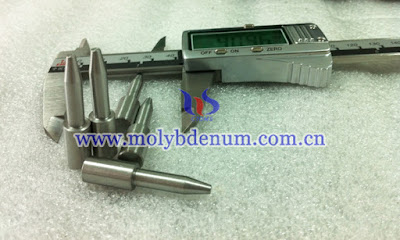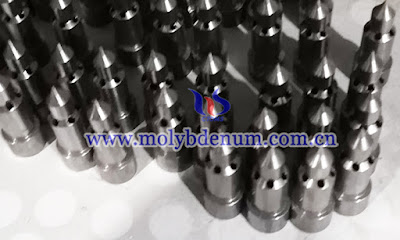Nylon plastic is in the family of synthetic polymer and can replace bronze, brass, steel and aluminum as wear-resistant parts of equipment. It has good toughness, strong wear resistance, oil resistance, shock resistance, tensile and bending strength and good dimensional stability, which is mostly used in fibre cable, films, flooring, rubber reinforcement and shapes like car parts and electrical equipment.
Molybdenum disulfide (MoS2) is used as solid lubricant and plays a very important role in industrial applications. It has a very low friction coefficient (0.03-0.06), high yield strength (3.45MPa), can be used under high temperature (350℃), various ultra-low temperature conditions, or even worked normally at 1200℃ under vacuum conditions, especially has a very good lubrication effect in high-speed mechanical parts.
MoS2 is added as an additive to nylon materials to improve sliding and friction properties and increase the tensile strength and wear resistance of this material that is still the best choice for many bearing and wear applications.
Nylon 66+MOS2(ash black): with the addition of molybdenum disulfide, nylon 66 provides higher rigidity, hardness and dimensional stability and improves the material bearing and wear resistance as a result of the additive's structure, and its nucleating effect.
PA6+MOS2 (ash black): adding molybdenum disulfide powder can improve the bearing capacity and wear resistance of unmodified cast nylon without affecting the erosion and fatigue resistance. It is very widely used in manufacturing gears, bearings, star wheels and sleeves.
The properties of nylon plastic nylon include good sunlight resistance power, high melting point, good colour fastness nature, high resistance against insect, bacteria, fungi, rot and other chemicals, compact modular structure, high stretching power and so on.
The MoS2 provided by Chinatungsten Online features uniform and concentrated distribution of particle size, better dispersibility to make it can better display product characteristics in plastic products. Our regular particle sizes are super fine, technical fine, technical grade and large particle.















